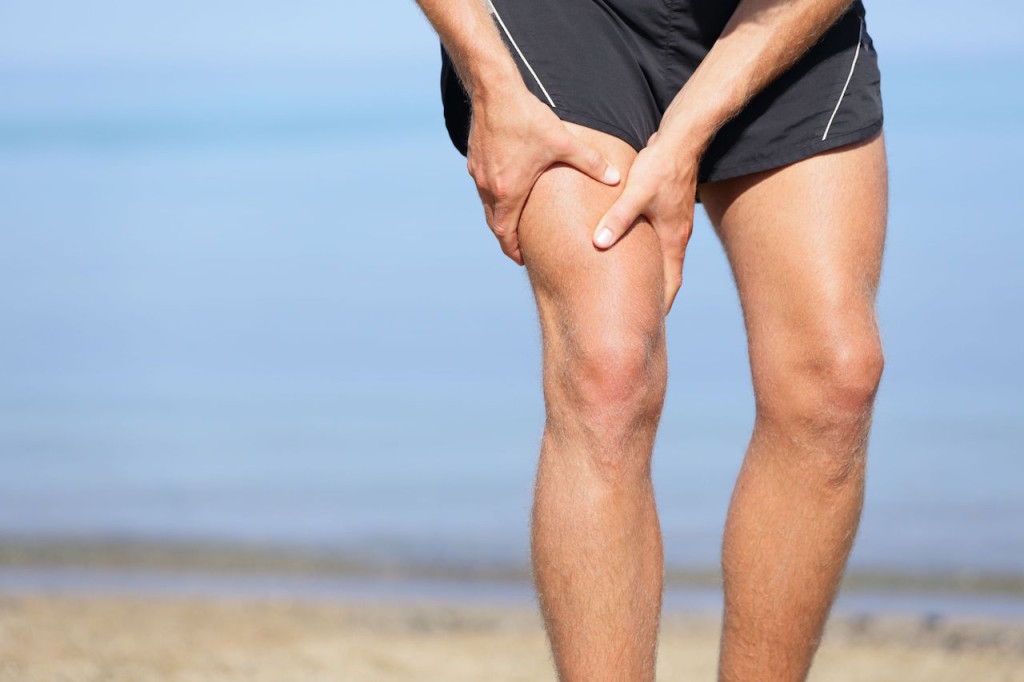
We all know that fat is where the extra calories you eat end up and the reason your clothes can sometimes fit too tight. Body fat, or adipose tissue, is an efficient way to store excess energy. When you eat more calories than you expend, and the extra energy in your body is stored as fat. Body fat is essential for storing extra energy, something that allowed our ancestors (in the Stone Age) to survive when food was scarce and hard to come by. Beyond simply storing energy, research also shows us that body fat, in fact, plays an active role in health and disease. For some people, they do all they can to lose weight but some stubborn fat still stays, this can be from many factors which will be mentioned below. That is why some will turn to cosmetic means to help take away that fat, whether it be saddlebag thighs, love handles, or a double chin, they want it gone and will try alternative means to be able to do that. The victorian cosmetic institute can offer some insight into these types of surgeries and should always be researched first so people have the facts before embarking on a journey like this. Below we will discuss natural ways of how this can be done.
Does Dietary Fat Make You Fat?
You might assume that fat is to blame for the obesity epidemic now plaguing our nation; but in all actuality, fat is only part of the problem. Obesity is much more complicated than just overeating a single nutrient. Eating more calories than you burn off is what leads to weight gain. Simply put, people who get little physical activity and eat a diet high in calories are going to gain weight. Genetics, age, sex, and lifestyle also weigh into the weight-gain formula.
That being said, dietary fat plays a pivotal role in obesity. Fat is calorie-dense, at 9 calories per gram, while carbs and protein have only 4 calories per gram, and alcohol has 7 calories per gram. It’s easy to overeat fats because they lurk in so many foods we love; burgers, French fries, processed foods, cakes, cookies, ice cream sundaes, and thick pieces of steak.
Eating too much fat does more than expanding our waistlines. As a matter of fact, our love affair with fat has helped to trigger an increase in the rates of type 2 diabetes, cancers, and heart failure, a disease that’s become the leading cause of death for Americans according to the University of Illinois.
Good Fats vs. Bad Fats
Generally speaking, there are two groups of fat: saturated and unsaturated. Within each group are several more types of fats.
Let’s start by taking a look at the good guys – the unsaturated fats. Unsaturated fats include polyunsaturated fatty acid and monounsaturated fats. Both mono- and polyunsaturated fats, when eaten in small portions and used as a substitute to saturate or Trans fats, can help lower cholesterol levels and reduce your risk of heart disease.
Polyunsaturated fats, for example, found mostly in vegetable oils, help lower both blood cholesterol levels and triglyceride levels – especially when you substitute them for saturated fats. Perhaps the most common type of polyunsaturated fat is omega-3 fatty acids, whose potential heart-health benefits have gotten a lot of attention.
Omega-3s are commonly found in fatty fish (like salmon, trout, and catfish), as well as flaxseed and walnuts. The American Heart Association recommends eating 2 servings of fatty fish a week.
It’s best to get your omega-3s from food, not supplements. Check out Vitabright.co to find out what food is high in Omega-3.
The Bad Fats in Your Diet
Now onto the bad guys. There are two types of fat that should be eaten sparingly: saturated and trans fatty acids. Both can raise cholesterol levels, clog arteries, and increase the risk for heart disease.
Saturated fats are found in animal products (eggs, meat, poultry skin, and high-fat dairy) and in vegetable fats that are liquid at room temperatures, such as coconut oil. The 2005 Dietary Guidelines recommend limiting saturated fats of 10 percent or less of your total calories, while the American Heart Association recommends keeping them to just 7 percent of total calories.
Natural trans-fat isn’t the type of concern, especially if you choose low-fat dairy products and lean meats. The real worry in the American diet is the artificial trans-fat. They’re used extensively in fried food, baked goods, cookies, icings, crackers, packaged snacks, and popcorn made in the microwave.
The bottom line is that excess fat anywhere is unhealthy, but some forms are particularly dangerous. Losing weight and body fat can reduce the negative effects of body fat. Improving your diet in order to reduce sugar intake is vital for weight control. It also helps to minimize liver damage later on the road. Exercise also plays an essential role in reducing or minimizing some of the negative effects of excess fat, so you should strive to be more active every day regardless of your body weight.




